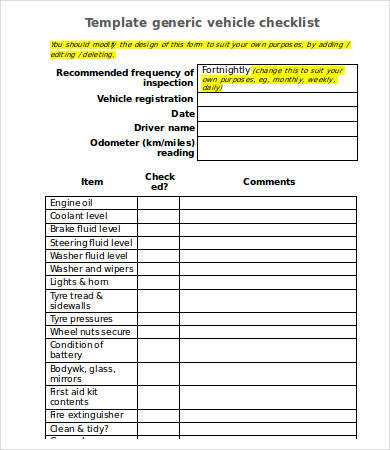

If these symptoms occur in the early stages of illness, however, they may be symptoms of a related disorder (e.g., dementia with Lewy bodies) rather than idiopathic Parkinson’s. Particularly in more advanced Parkinson’s disease or in older people with the disease, problems with thinking, word finding, and judgment are common. However, there are several common symptoms of Parkinson’s disease that do not primarily involve movement. What are some of the non-motor symptoms of Parkinson’s?īecause Parkinson’s disease is a type of movement disorder, the associated non-motor symptoms can often be overlooked. Exercise groups, educational forums, support groups, and information tailored to meet your changing needs.įind an APDA Center near you or call 80. People with advanced Parkinson’s disease may experience episodes of freezing, in which the feet appear to be glued to the floor.ĪPDA Chapters and Information and Referral Centers offer comprehensive support programs for patients and their caregivers. Gait problems in Parkinson’s disease can also include a tendency to propel forward with rapid, short steps (propulsion).

Later, steps may become slow and small, and a shuffling gait (festination) may appear. A common, early symptom of Parkinson’s disease is a decrease in the natural swing of one or both arms when walking. Walking or Gait Difficultiesīradykinesia and postural instability both contribute to walking-or gait-difficulties in Parkinson’s, particularly as the disease progresses. Such balance problems in Parkinson’s disease are associated with a tendency to list or fall backward (retropulsion) in fact, a light push can cause the individual with Parkinson’s disease to continue stepping backward or to even fall. More pronounced in the later stages, postural instability includes the inability to maintain a steady, upright posture or to prevent a fall. In more advanced Parkinson’s, speaking may become rapid, with the words crowded together, or stuttering may occur. There may be a loss of the normal variation in volume and emotion in the voice, so that the individual may speak in a monotone. The voice may become softer, or it may start off strong and then fade away. These are believed to be at least partly due to bradykinesia. In addition to the five core motor symptoms of Parkinson’s, changes in the voice are commonly experienced. Having trouble turning over in bed and slow, small handwriting (micrographia) are other signs of bradykinesia. In addition to a general slowness of movement, the bradykinesia of Parkinson’s disease is typically demonstrated by a reduced or mask-like expression of the face (hypomimia or facial masking), a decreased blink rate of the eyes, and problems with fine motor coordination (for example, difficulties buttoning a shirt). Greek for “slow movement,” bradykinesia is a frequent symptom of Parkinson’s disease and related movement disorders. Rigidity, especially in the early stages of the disease, may be wrongly attributed to arthritis or orthopedic problems, such as a rotator cuff injury. Rigidity refers to a tightness or stiffness of the limbs or torso. In addition, some people with Parkinson’s disease can experience a feeling of internal tremor, which is not necessarily noticeable to others. The resting tremor of Parkinson’s disease can also occur in the jaw, chin, mouth, or tongue. Characteristically occurring at rest, the classic slow, rhythmic tremor of Parkinson’s disease typically starts in one hand, foot, or leg and eventually affects both sides of the body.


 0 kommentar(er)
0 kommentar(er)
